Fair Use is like a muscle; unused, it atrophies, while exercise makes it grow.
—Patricia Aufderheide & Peter Jaszi in Reclaiming Fair Use
February 27th marks the end of Fair Use Week, which makes this post a little late to the party. Despite my tardiness, I still think this event merits mention. Like so many other issues, copyright is likely something we’re all vaguely aware of hanging around in the distance alongside “the cloud,” “big data,” and other buzzwords we hear on a regular basis but will never admit we don’t fully understand. Somewhere way beyond this mythical Realm of Copyright is Fair Use. It’s likely in a shed, out in the middle of nowhere, where only teachers and college professors venture to visit from time to time.
Before I get totally lost in my painful mixed metaphors, let’s take a minute to learn a little more about Fair Use.
Thanks to the Copyright and Digital Scholarship Center at the NCSU Libraries, we have a good, plain-language definition of this elusive concept:
“Fair use is an exception to copyright that permits unauthorized use in cases where where the value of the use to society is greater than the harm done to the rightholder…fair use is about what you are doing, what you are using, how much you are using, and if your use undermines the value of the original.”
You may have read about the 4 Factors of Fair Use, those murky, checklist-but-not-really-a-checklist items that are meant to help you determine when you’re taking advantage of Fair Use and when you’re really just taking advantage. These 4 Factors are (again from NCSU Libraries):
- the purpose and character of your use,
- the nature of the work,
- the amount and substantiality of your use
- the effect of your use on the market for the original.
Fair Use is rarely clear-cut, and many artists, educators, writers, and filmmakers refrain from using any copyrighted materials in their work or classrooms for fear of copyright infringement. The Association of Research Libraries (ARL) is but one of many organizations that are trying to change that. This year, between Feb. 23 and the 27th, ARL is sponsoring (or sponsored, depending on when you read this) Fair Use Week, an annual celebration of the Doctrine of Fair Use.
On the Fair Use Week website you’ll find an events calendar filled with lectures (both in person and online) and a collection of resources on copyright and Fair Use including videos, blog posts, best practices, essays and a fantastic infographic, which has been made free for reuse and copied below. According to ARL, “every week is fair use week,” so take some time to learn about Fair Use…then maybe move on to attempting to understand “big data.”



